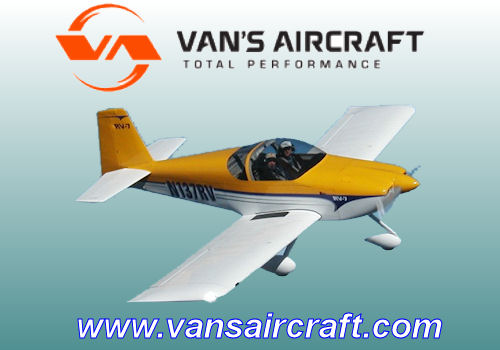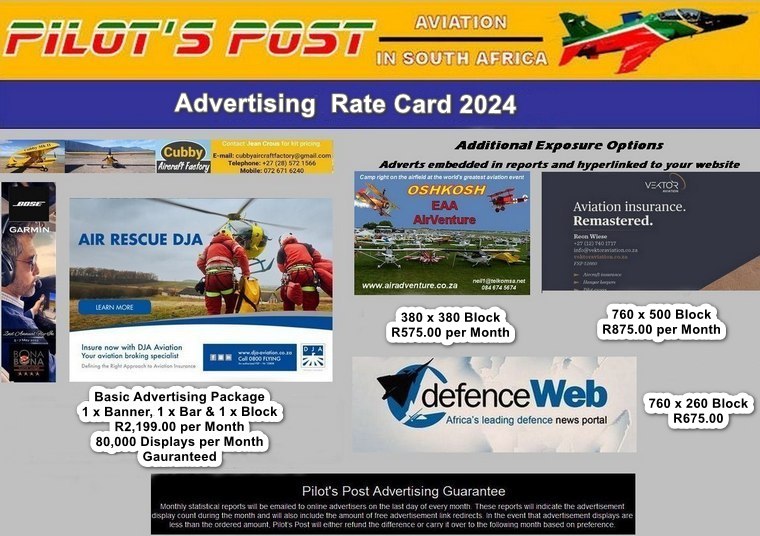












A Brief History of the USN Fighter Weapons School
By Willie Bodenstein
Google Banner Ad



By the time aerial activity over the North resumed, most Navy squadrons had a Topgun graduate.
According to the USN, the results were dramatic. The Navy kill-to-loss ratio against the North Vietnamese Air Force (NVAF) MiGs soared from 3.7:1 (1965-1967) to 13:1 (after 1970).


Topgun conducts four "Power Projection" classes a year. Each class lasts nine weeks and consists of nine Navy and Marine Corps strike fighter aircraft. The course includes eighty hours of lectures and twenty-five sorties that pit students against Topgun instructors.
When a pilot or WSO completes the Topgun course he/she will return as a Training Officer carrying the latest tactical doctrine back to their operational squadron or go directly to an FRS squadron to teach new aircrews. SFTIs can also become instructors themselves at Topgun later in their career.

Test Flight and Development Centre Airshow

Google Banner Ad
 |
 |
 Copyright © 2024 Pilot's Post PTY Ltd
The information, views and opinions by the authors contributing to Pilotís Post are not necessarily those of the editor or other writers at Pilotís Post.
Copyright © 2024 Pilot's Post PTY Ltd
The information, views and opinions by the authors contributing to Pilotís Post are not necessarily those of the editor or other writers at Pilotís Post.